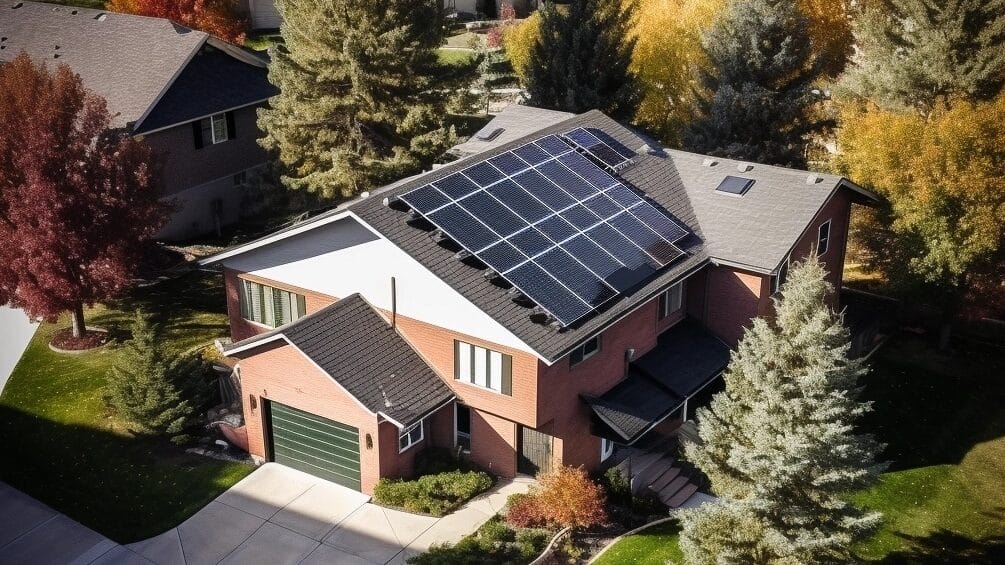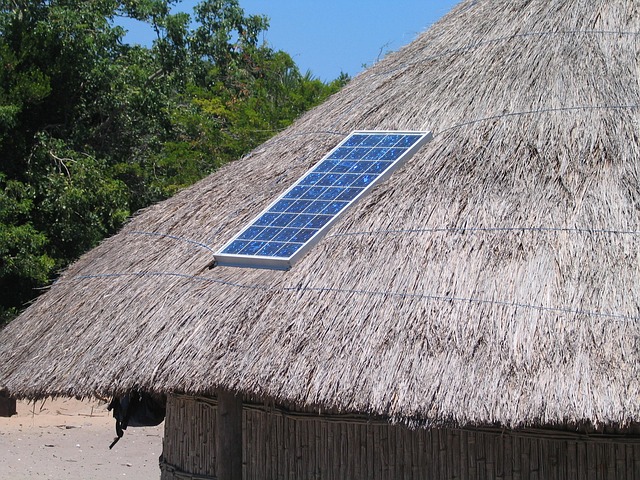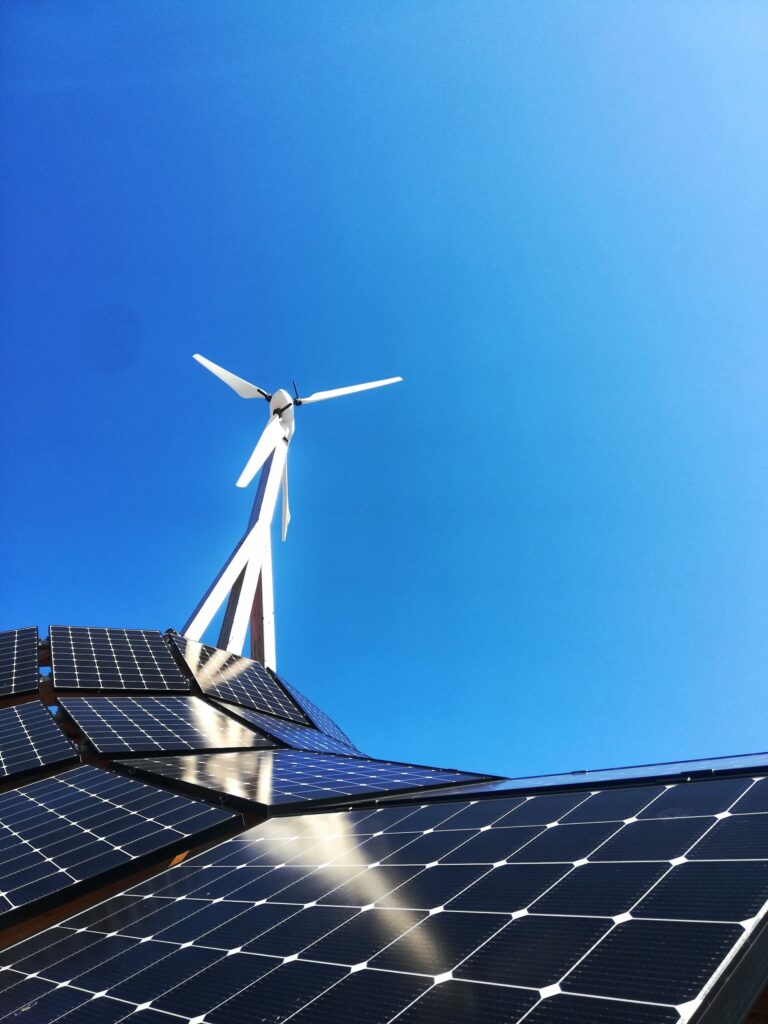Introduction – Selling Electricity
Can You Sell Solar Energy Back To The Power Company? The answer is yes, but you won’t be getting a cash payment. Instead you get an “offset” or a “dial back” of your regular electricity usage. The most common mechanism to do that is called “Net Metering.”

Net metering is a billing system that allows customers who generate their own electricity from renewable sources, such as solar and wind, to be credited for the electricity they put back into the grid. By connecting their renewable energy system to their utility meter, customers can offset their electricity use from the grid with their own self-generated electricity.
You don’t make money directly from net metering. Instead, it provides a way for customers to offset their electricity bills by utilizing self-generated electricity from a renewable energy source. The customer is then credited for the electricity they send back to the grid.
Net Metering Is Common To 42 States
Yes, net metering is becoming increasingly common. According to the Database of State Incentives for Renewables & Efficiency, at least 42 states and the District of Columbia have some form of net metering policy. Net metering policies vary from state to state, but typically allow customers to receive credit for excess electricity generated from their renewable energy systems.

Which states have net metering? At least 42 states and the District of Columbia have some form of net metering policy. These states include Arizona, California, Colorado, Connecticut, Delaware, Hawaii, Illinois, Indiana, Iowa, Kansas, Maine, Maryland, Massachusetts, Michigan, Minnesota, Montana, Nevada, New Hampshire, New Jersey, New Mexico, New York, North Carolina, Ohio, Oregon, Pennsylvania, Rhode Island, South Carolina, Tennessee, Texas, Utah, Vermont, Virginia, Washington, West Virginia, Wisconsin, and Wyoming.
Feed-In Tariffs
A feed-in tariff for solar PV is an incentive program that pays homeowners and businesses for the electricity they produce from their solar PV systems. The tariff is typically set as a fixed price per unit of electricity generated and is usually higher than the retail electricity rate.
This encourages greater investment in solar PV, helping to shift the energy market away from fossil fuels and towards more renewable energy sources. The feed-in tariff can also help reduce energy bills, as the solar electricity can be used to offset the cost of purchasing electricity from the grid.
The rate of the feed-in tariff will vary depending on the country or region in which the solar PV system is installed. Generally, the higher the rate, the more incentive there is to invest in solar PV. In most cases, the rate is set by the government or utility company.
Feed-in tariff rates have generally been trending downwards in recent years, as more countries and regions move towards renewable energy sources. This is due to a number of factors, including the increasing cost-effectiveness of solar PV systems, as well as the increasing competition in the solar PV market.
Equipment Is Needed For Selling Electricity – Net Metering
What equipment is needed for net metering? In order to take advantage of net metering, you will need a renewable energy system (such as a solar panel system), an inverter to convert the electricity generated by your system into an AC current, and a bi-directional meter to measure the electricity you send back to the grid. You may also need to receive approval from your utility provider and to sign up for the applicable net metering program.
Inverters can be purchased from a variety of retailers, such as Home Depot or Lowes, or online from a variety of sources, such as Amazon or eBay. It is important to research different products and prices to ensure you get the best deal. Additionally, you can reach out to a local solar installer who may be able to provide you with an inverter.
A bi-directional meter, also known as a net meter, is used to measure the electricity that is sent to and from the grid. This type of meter is typically installed by your utility provider and must be approved by them. Depending on your location, you may need to contact your utility provider to determine if they offer net metering and the requirements for installation.
Income From Net Metering
The rates for net metering vary from state to state, and even from utility provider to utility provider. Typically, customers are credited for the electricity they send to the grid at the same rate they pay for electricity purchased from the grid. It is important to contact your local utility provider to determine the rates and policies for net metering in your area. We have a more comprehensive article on how much income you get from solar panels.
Net Metering In US Vs Europe
How are US and Europe Different? The main difference between the US and Europe when it comes to net metering is the amount of support for renewable energy. In Europe, there are a number of government policies that provide financial incentives and other support for renewable energy, while in the US, net metering is a voluntary program that is regulated by individual states. Additionally, in Europe, net metering is often used as a way to promote solar energy, while in the US, it is used primarily to offset electricity costs.
Many countries in Europe support net metering, including Austria, Belgium, Denmark, Finland, France, Germany, Greece, Ireland, Italy, the Netherlands, Norway, Poland, Portugal, Spain, Sweden, Switzerland, and the United Kingdom. Each of these countries have their own policies and regulations regarding net metering, so it is important to research the specifics for each country.
Can You Sell Solar Energy Back To The Power Company In Other Parts Of The World

Asia is a rapidly growing market for renewable energy, and many countries in the region are beginning to implement net metering policies. Countries that have adopted net metering policies include India, China, Japan, South Korea, Malaysia, Singapore, Thailand, and Indonesia. As with Europe, each country has their own policies and regulations, so it is important to research the specifics for each country.
Canada and Australia also have net metering policies in place. In Canada, each province has their own policies and regulations regarding net metering, so it is important to research the specifics for each province. In Australia, net metering is generally regulated at the state level, with each state having its own set of regulations and incentives.
Other Ways To Make Money With Solar
1. Solar Leasing: Homeowners can lease solar panels from a solar company. The solar company will install and maintain the solar panels, and then the homeowner will pay a reduced monthly rate for the electricity produced by the solar panels.
2. Solar Bonds: Solar bonds allow investors to purchase solar projects and receive a return on their investment.
3. Solar Loans: Solar loans enable homeowners to borrow money to purchase and install solar panels. This allows homeowners to benefit from solar energy without making a large upfront investment.
Conclusions – Can You Sell Solar Energy Back To The Power Company
Net metering is a billing system that allows customers to offset their electricity use from the grid with their own self-generated electricity from renewable sources, such as solar and wind. It is becoming increasingly common in the US, Europe, Asia, Canada, and Australia. To take advantage of net metering, customers must have a renewable energy system, an inverter to convert the electricity generated by their system, and a bi-directional meter. Rates and policies vary by region, so it is important to research the specifics for each area.
